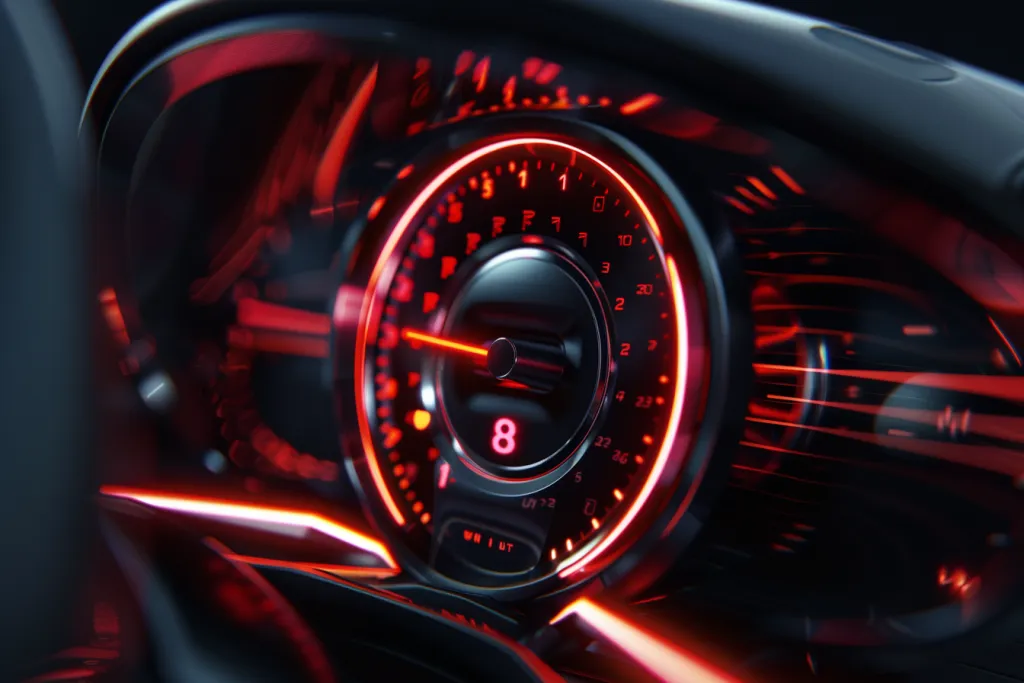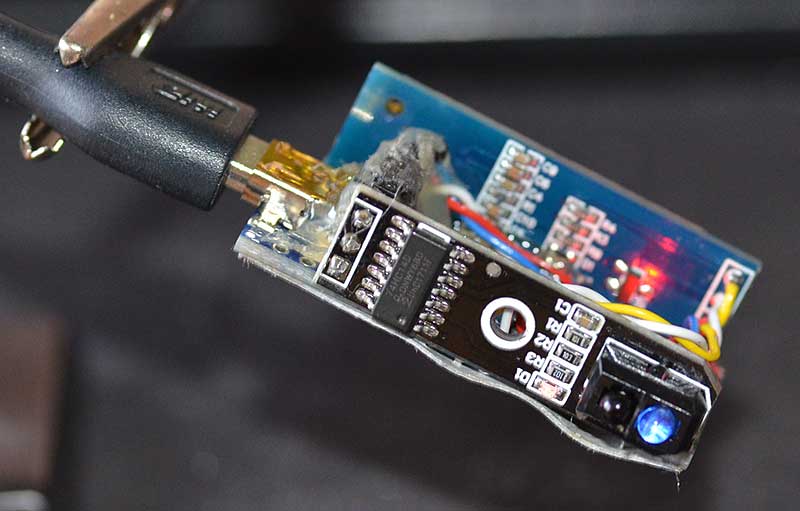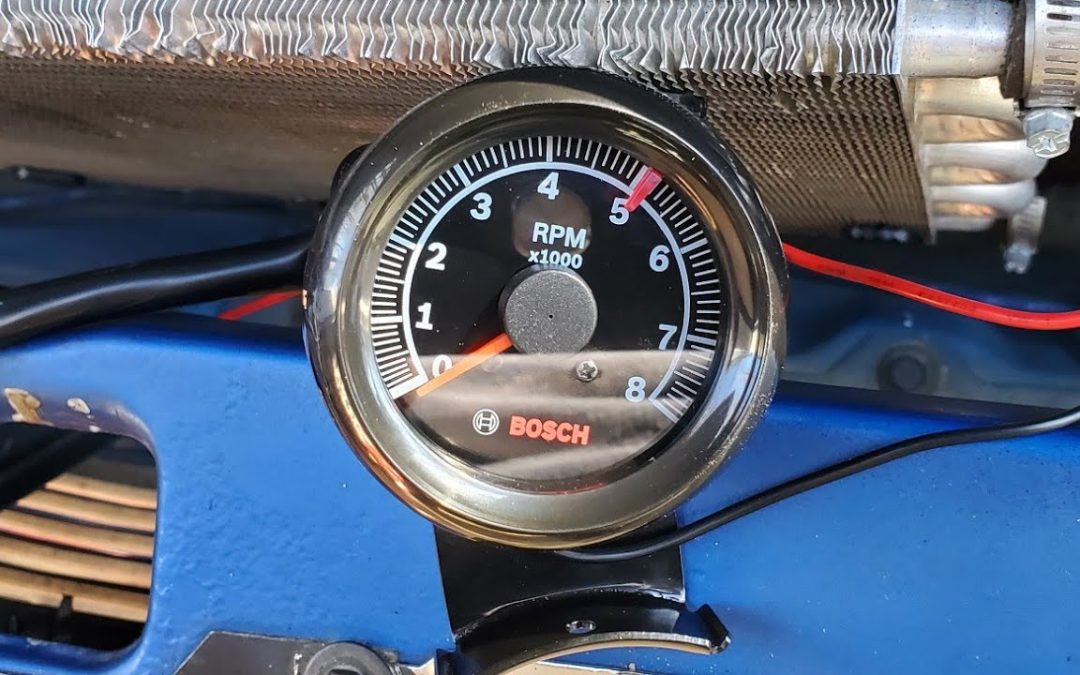Testing a tachometer on a boat is crucial for maintaining its performance and ensuring safe operation. A tachometer measures the rotation speed of the boat’s engine, typically in revolutions per minute (RPM). Regular testing ensures accuracy and reliability.

Why Testing a Tachometer is Important
Understanding why you need to test a tachometer is essential. An inaccurate tachometer can lead to various issues, such as improper engine tuning, increased fuel consumption, and potential engine damage. By testing your tachometer, you can prevent these problems and ensure optimal performance.
Tools You Will Need
Before you start testing your tachometer, gather the necessary tools:
- Multimeter
- Wiring diagram for your boat’s engine
- Battery or power source
- Test light or LED
Steps to Test a Tachometer
1. Safety Precautions
Before you begin, ensure your boat is in a safe and stable condition. Disconnect the battery to prevent accidental starting of the engine.
2. Locate the Tachometer
Find the tachometer on your boat’s dashboard. It is usually a round gauge with a needle that indicates the engine’s RPM.
3. Check the Wiring Connections
Inspect the wiring connections behind the tachometer. Look for any loose or corroded connections that could affect its performance.
4. Test the Power Supply
Using a multimeter, check the power supply to the tachometer. Ensure it is receiving the correct voltage. Refer to your boat’s wiring diagram for the specific voltage requirements.
5. Testing the Signal Wire
With the multimeter, test the signal wire that connects the tachometer to the engine. This wire carries the RPM signal from the engine to the tachometer.
6. Test Light Method
If you have a test light or LED, you can use it to check the signal wire. Connect the test light between the signal wire and ground. If the light flashes, the signal wire is working correctly.
7. Using a Test Tachometer
If available, connect a test tachometer to your boat’s engine. Compare the readings of the test tachometer with your boat’s tachometer to ensure accuracy.
Common Issues and Troubleshooting
Incorrect RPM Readings
If your tachometer displays incorrect RPM readings, check the wiring connections and ensure the signal wire is properly connected.
Fluctuating Needle
A fluctuating needle can indicate a loose connection or a faulty signal wire. Inspect and secure all connections.
Tachometer Not Working
If the tachometer is not working at all, check the power supply and ground connections. Ensure the tachometer is receiving power.
Maintaining Your Tachometer
Regular maintenance of your tachometer is essential for its longevity and accuracy. Clean the connections and check for any signs of wear or damage. Replace any faulty components promptly.

FAQs
How often should I test my boat’s tachometer?
It is recommended to test your boat’s tachometer at least once a year or before the start of each boating season.
Can a faulty tachometer affect engine performance?
Yes, an inaccurate or faulty tachometer can lead to improper engine tuning and increased fuel consumption.
What should I do if my tachometer is not working?
Check the power supply, ground connections, and wiring. If the issue persists, consider replacing the tachometer.
